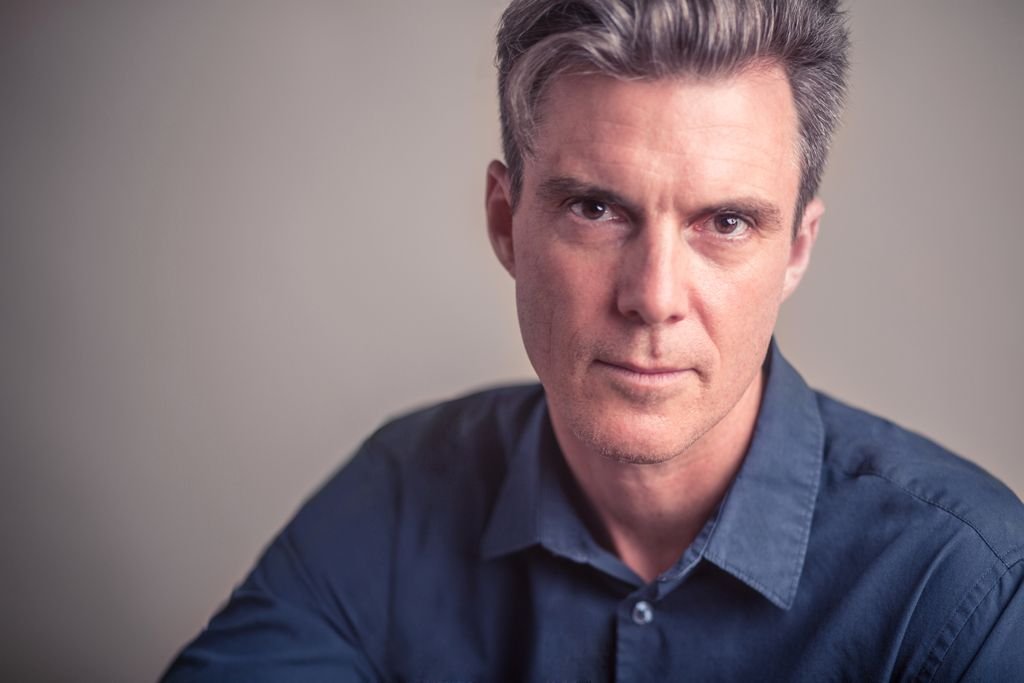Ashley Dawson is an author, activist, and professor of English at the Graduate Center / City University of New York and the College of Staten Island. Ashley works for the abolition of fossil fuels and a democratic energy transition as a member of the Public Power NY campaign and founder of the Public Power Observatory.
Recently published books of his include Environmentalism from Below (Haymarket, 2024), People’s Power: Reclaiming the Energy Commons (O/R, 2020), Extreme Cities (Verso, 2017), and Extinction: A Radical History (O/R, 2016), as well as the essay collection Decolonize Conservation! (Common Notions, 2023).
PROJECT : PUBLIC POWER OBSERVTORY
The electric grid in the U.S. is the largest and most consequential machine ever built by humanity. Every time we flip on the lights, we draw on its continent-spanning power.
And yet this most potent machine is largely invisible: most people don’t know much about where their electricity comes from. Fewer still are aware of the disproportionate harms that our electric grid inflicts on working class communities of color, in the form of toxic emissions from the burning of dirty gas and oil in urban power plants.
We can no longer escape the knowledge that the carbon emissions produced by the grid are driving planetary ecosystems towards catastrophic tipping points. If we are to avoid climate collapse, we must transition the grid away from fossil fuels with great rapidity. If we are to win this fight, we have to figure out ways to help people see the grid, to gauge its uneven benefits and harms, and to conceptualize it as a kind of commons that we all have a stake in. We need, most of all, to imagine how remaking the grid could be a project not just of infrastructural but also ecological and social reconstruction that helps heal the harms of fossil capitalism.
This project sets out to chart the grid in various ways. How does one visualize the emissions that emerge from smokestacks of power plants in a city like New York? How does the location of these power plants in the city’s working-class communities of color exacerbate other forms of environmental injustice? What might it mean to think about these communities as energy sacrifice zones? Through various forms of visualization, the Public Power Observatory sets out to make power visible and tangible.
It is only by knowing where our power comes from that we may seize and redirect that power to the common good.


